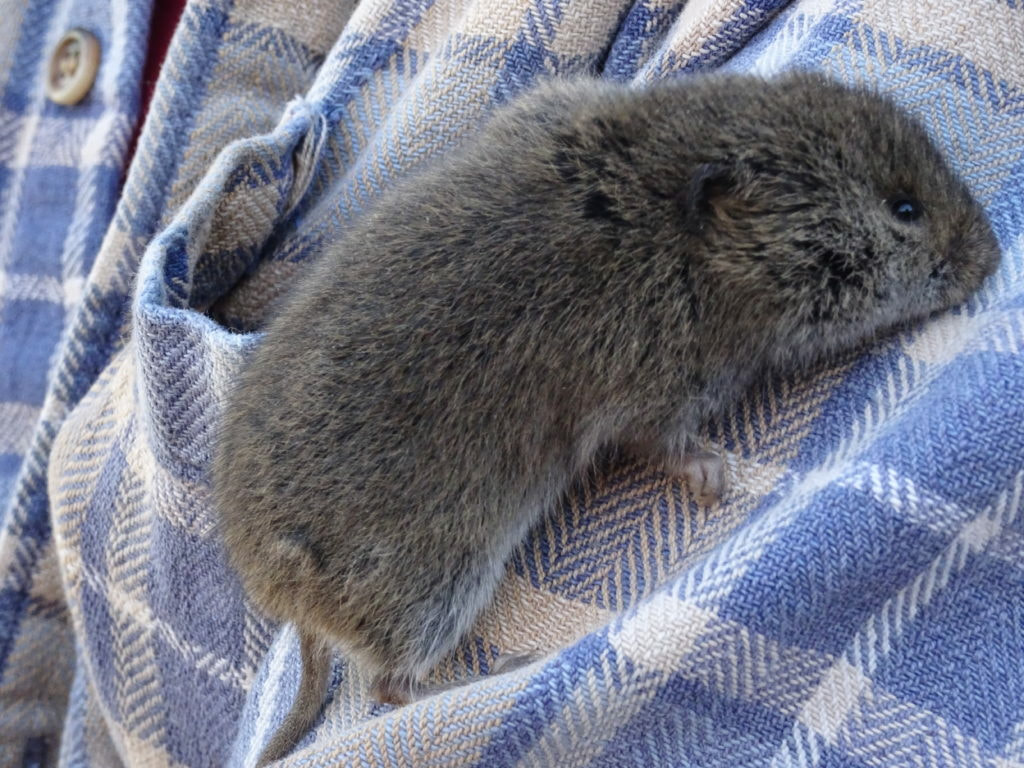Specialist Approaches for Vole Control and Avoidance
Specialist Approaches for Vole Control and Avoidance
Blog Article
Understanding Vole Pest Control: Thorough Insights on Invasion Prevention and Treatment Techniques
As homeowner and caretakers, the presence of voles can posture a significant challenge to keeping the stability of our exterior rooms. Recognizing the intricacies of vole behavior is important in developing efficient parasite control techniques. By identifying the refined signs of vole invasion early on, we can take proactive procedures to prevent prevalent damages. In this discussion, we will explore the nuances of vole actions, look into the recognition of invasion indicators, and discover the most efficient prevention and treatment methods. Remain tuned to find the insights that will encourage you to master vole bug control and safeguard your residential property versus these elusive rodents.
Recognizing Vole Actions
Examining the foraging patterns of voles supplies useful insights into their actions and habitat preferences. By observing their foraging actions, researchers can obtain a better understanding of where voles favor to develop their environments and the extent of their environmental influence.
Study suggests that voles exhibit selective feeding routines, favoring origins, seeds, and roots. This dietary preference influences their foraging patterns, leading them to locations rich in vegetation and ground cover. In addition, voles are recognized to produce intricate passage systems for foraging and nesting functions, suggesting a high degree of versatility to their environments.
Understanding vole behavior is vital for carrying out targeted parasite control steps that interrupt their habitat preferences and foraging activities (vole yard damage). By researching their habits, experts can create extra efficient prevention and treatment techniques to take care of vole invasions

Identifying Signs of Vole Infestation
Vole infestations can be discovered by recognizing details indications of their existence in an area. One of the most common indications of a vole problem is the visibility of surface runways.
Another crucial indicator of vole problem is the existence of small burrow openings in the ground. Voles dig superficial burrow systems with numerous entries and exits. These burrows serve as shelter and nesting websites for the voles. Furthermore, voles are known to leave chewed plant stems, origins, and light bulbs near their burrow openings, showing their feeding task in the location.
Discovering these droppings along paths or near burrow openings can validate a vole invasion. By being vigilant for these signs, building proprietors can without delay address vole invasions and stop further damages.
Carrying Out Aggressive Avoidance Measures

Additionally, using all-natural vole deterrents like castor oil-based repellents or killer pee can work as effective preventive procedures. It is additionally suggested to on a regular basis check outdoor areas for any kind of indications of vole activity, such as paths or delve openings, to deal with prospective problems quickly. vole lawn damage. By adopting these proactive prevention techniques, residential or commercial property proprietors can significantly decrease the possibility of vole damage and maintain the health and wellness and visual appeals of their landscapes
Effective Therapy Methods
Integrating targeted capturing approaches and making use of authorized rodenticides are vital elements of efficient treatment techniques for managing vole invasions. Normal surveillance and upkeep are additionally essential aspects of successful treatment approaches to make certain that vole populations are kept under control. By combining capturing, rodenticides, environment modification, and regular tracking, reliable vole insect control can be achieved.
Surveillance and Maintenance Tips
Normal tracking enables for the very early discovery of vole task, enabling prompt intervention prior to invasions worsen. To efficiently keep track of vole populaces, purposefully placed catches can be made use of in vole paths or near burrow entrances.
Furthermore, preserving a clean and neat landscape is vital in vole avoidance. Cleaning away debris, such as piles of timber or dense greenery, eliminates possible vole habitats. Frequently trimming and trimming grass plant life helps decrease vole hiding spots and decreases their accessibility to food resources.
Additionally, continuous upkeep of physical barriers, such as fencings or cable mesh, is essential to avoid vole breach. Checking and repairing any kind of damages to these frameworks makes sure that vole control stays efficient in guarding buildings from invasions. By incorporating these tracking and maintenance techniques into an extensive vole bug control plan, people can efficiently manage vole populaces and shield their residential properties from damage.
Conclusion
To conclude, understanding vole bug control requires a solid understanding of vole behavior, the capacity to recognize indicators of invasion, applying proactive prevention actions, effective therapy techniques, and consistent monitoring and maintenance. By taking a comprehensive method to vole control, individuals can properly take vole yard damage care of and avoid infestations, eventually shielding their residential property and bordering setting from damages created by these little rodents.
In this discussion, we will discover the subtleties of vole actions, dig right into the identification of invasion indicators, and discover the most reliable prevention and therapy methods.Including targeted trapping methods and making use of approved rodenticides are essential components of reliable treatment approaches for handling vole invasions. To effectively check vole populations, purposefully put traps can be utilized in vole paths or near burrow entryways. Inspecting and repairing any type of damages to these structures ensures that vole control remains reliable in guarding properties from invasions. By including these tracking and maintenance methods into a comprehensive vole parasite control plan, individuals can properly manage vole populaces and secure their homes from damage.
Report this page